Presented by Hannah Creviston
Music Learning Theory is an explanation of how we learn music. It is our responsibility to teach children first before teaching piano as each child is different. Then teach music, through the piano.
Create musicians. Whether or not they like it, they can appreciate it. Engage in the learning process- PLAY. We should teach music the way we learn language.
ie: Baby- listen, absorb, inflection, facial expression, question/answer- give and take by the conversation…. just by listening. Then they start babbling, parents encourage the try at communications… Then they take their sounds, and attaching meaning to them. Then more correctly, they start to imitate language- words, questions, thinkings, words have meaning… Then they start to improvise, create sentences without imitating, ask own questions, create stories. Then they read and write. and so on…
A good Ted talk to watch- Music as a Language: Victor Wooten
Silence can be uncomfortable for people. Enjoy what a rest or grand pause can do. Keeping audience on edge, what is going to happen.
- Processing- needs time to process.
- Give the appropriate response time. Some students will be quick, some will be longer.
- Audiation- hearing and comprehending music in one’s head when there is no sound present and there may have never been that sound present. (ie: singing a phrase and not singing the last note but knowing what it will be) Understanding patterns.
- Anticipation
Listening– slightly different then silence- creating environment giving things to listen to that are going to help them learn what is appropriate in a given music situation.
- Acculturation- becoming used to. Variety of modes, meters, etc… so they become used to lots of different genres. Give listening homework assignments.
- Music Vocabulary- ie: jazz musicians, scale (know what it sounds like as a chunk), chords, etc… Can build on that vocabulary when teaching notation.
- Sound before symbol- if they can’t hear something, it’s going to be hard to replicate it on the piano.
Movement– is intertwined with music. Movement is fun. The best way to understand it is to engage your whole body.
- Body Awareness- we use our entire body when we play the piano. Through movement we learn how to engage our bodies. Feel the music.
- Breathing- Engage breathing as you are playing, phrases…
- Relaxation- notice when you are engaging and releasing tension.
Self space, shared space, weight space, time and flow
Finding the beat and put it somewhere on your body (tapping, walking, rocking, etc…)
A good way to help students not rush is rocking back and forth or more flowing movement. Feeling the space in between the beats. Not rushing from one beat to the next. (clapping and marching are easy ways to rush)
Improvisation– Create rhythm and tonal patterns. It’s how students demonstrate what they know and understand. Give guidelines and criteria to help them be successful. Start with improv on black keys. Activity idea using 5 finger patterns- beat one start on C, beat 8 end on G- do whatever in between…
- Fully develop audiation
- Demonstration of what students understand
Patterns- little chunks/words in musical phrase. Rhythm and tonal. Similar to words in a sentence. Using these patterns helps learning to sight-read. Recognize patterns. Imitate and now do something different then switch roles. Patterns help students comprehend how musical parts fit together to form musical wholes (Edwin E. Gordon)
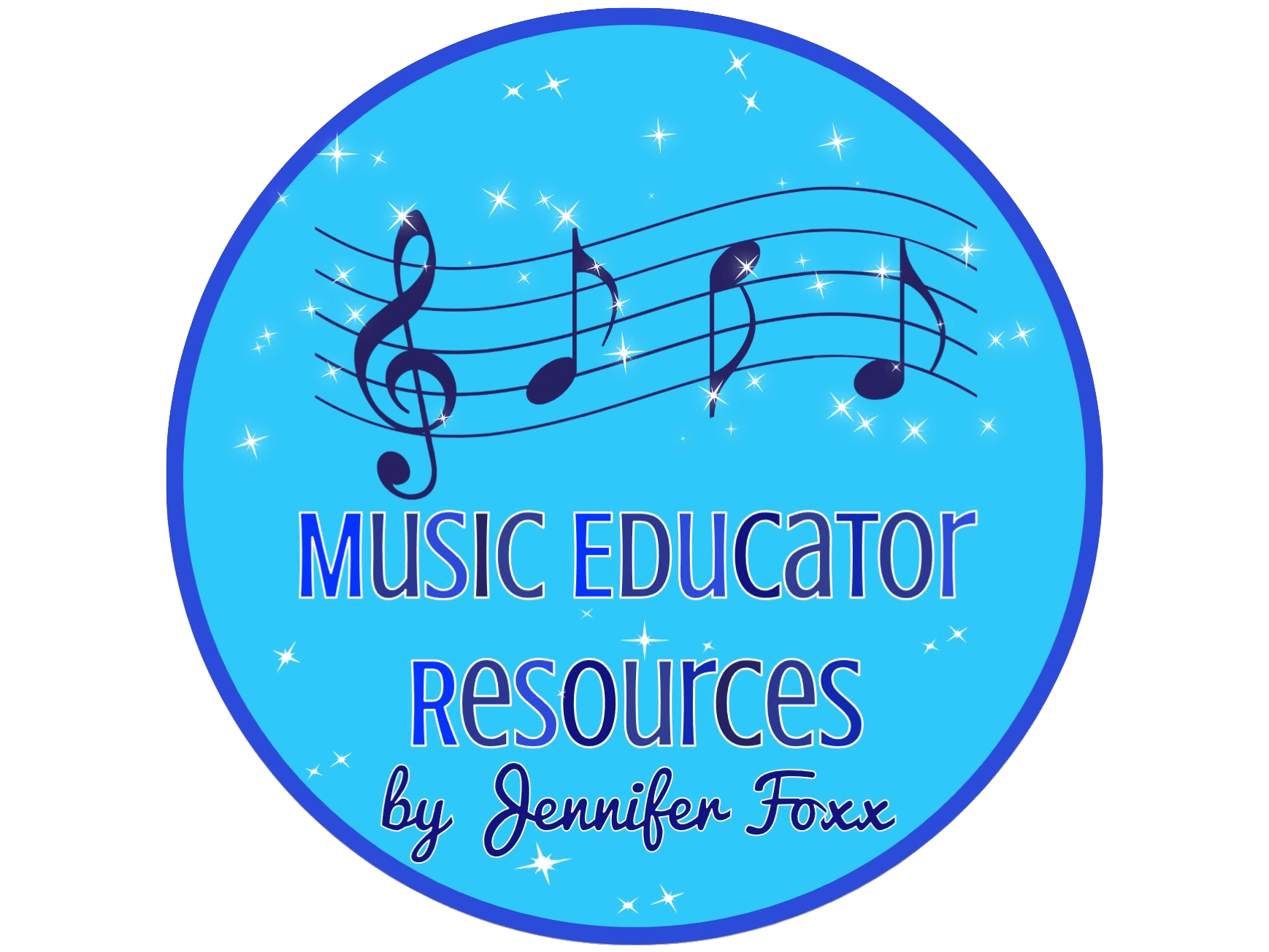
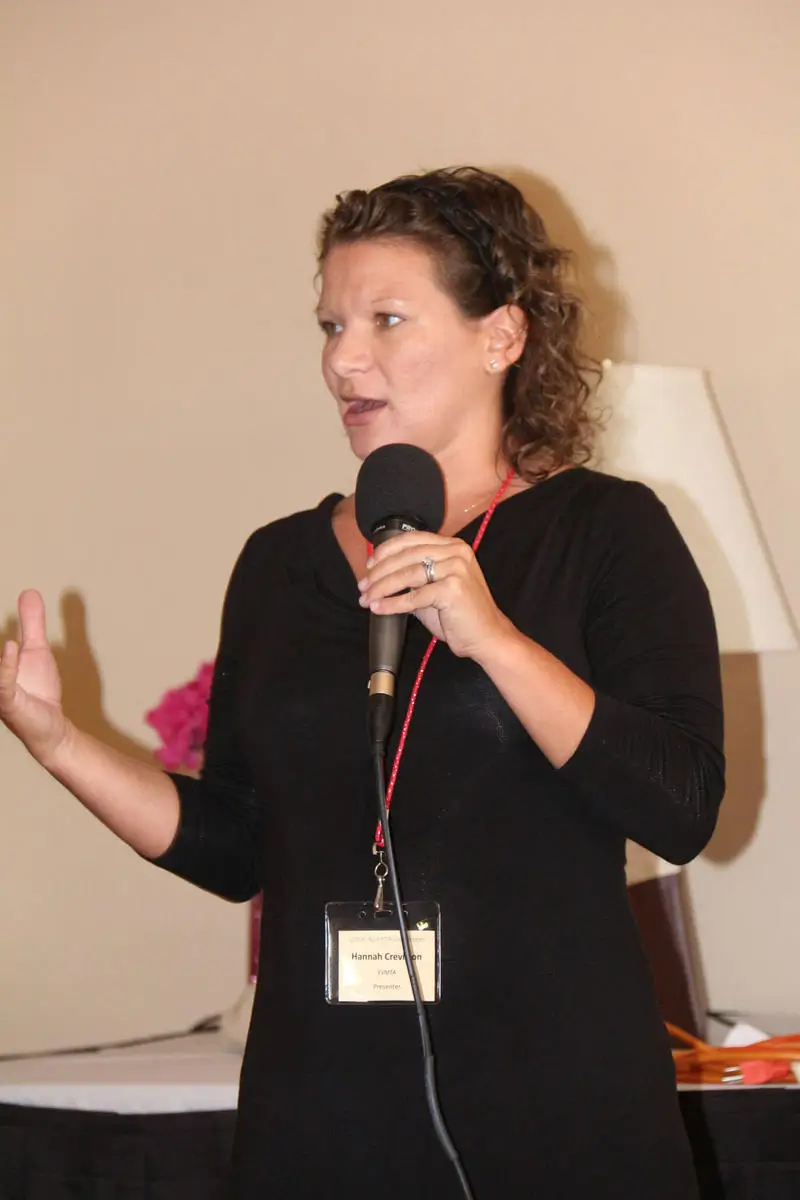
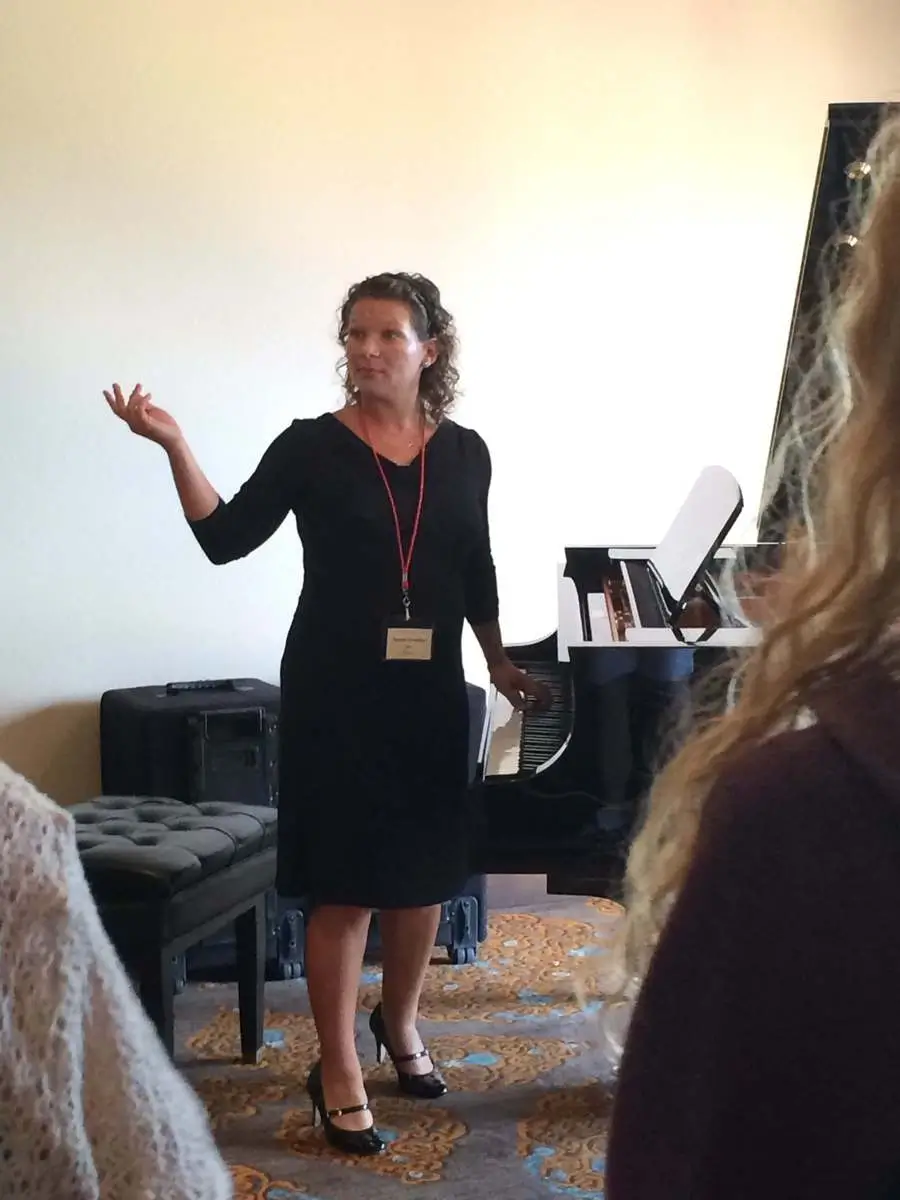
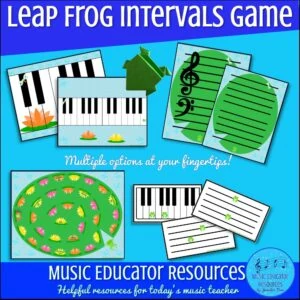
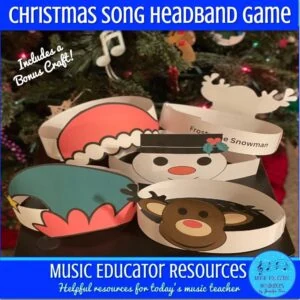
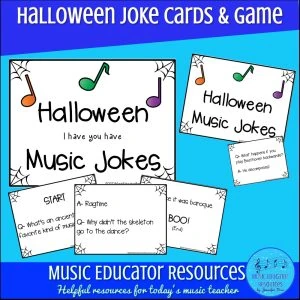
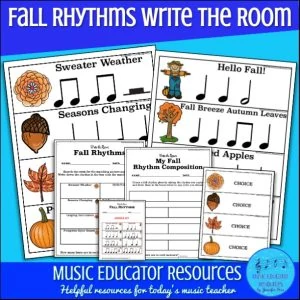
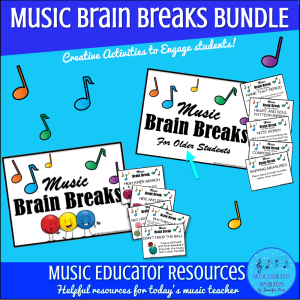
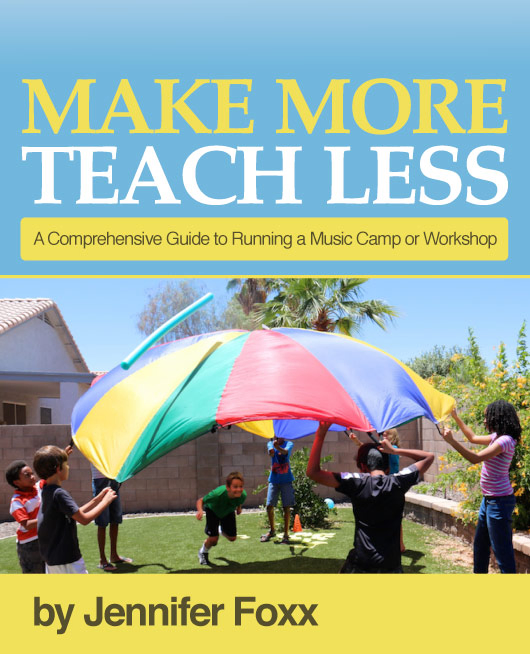
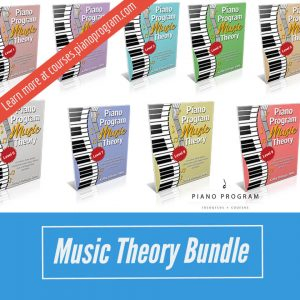
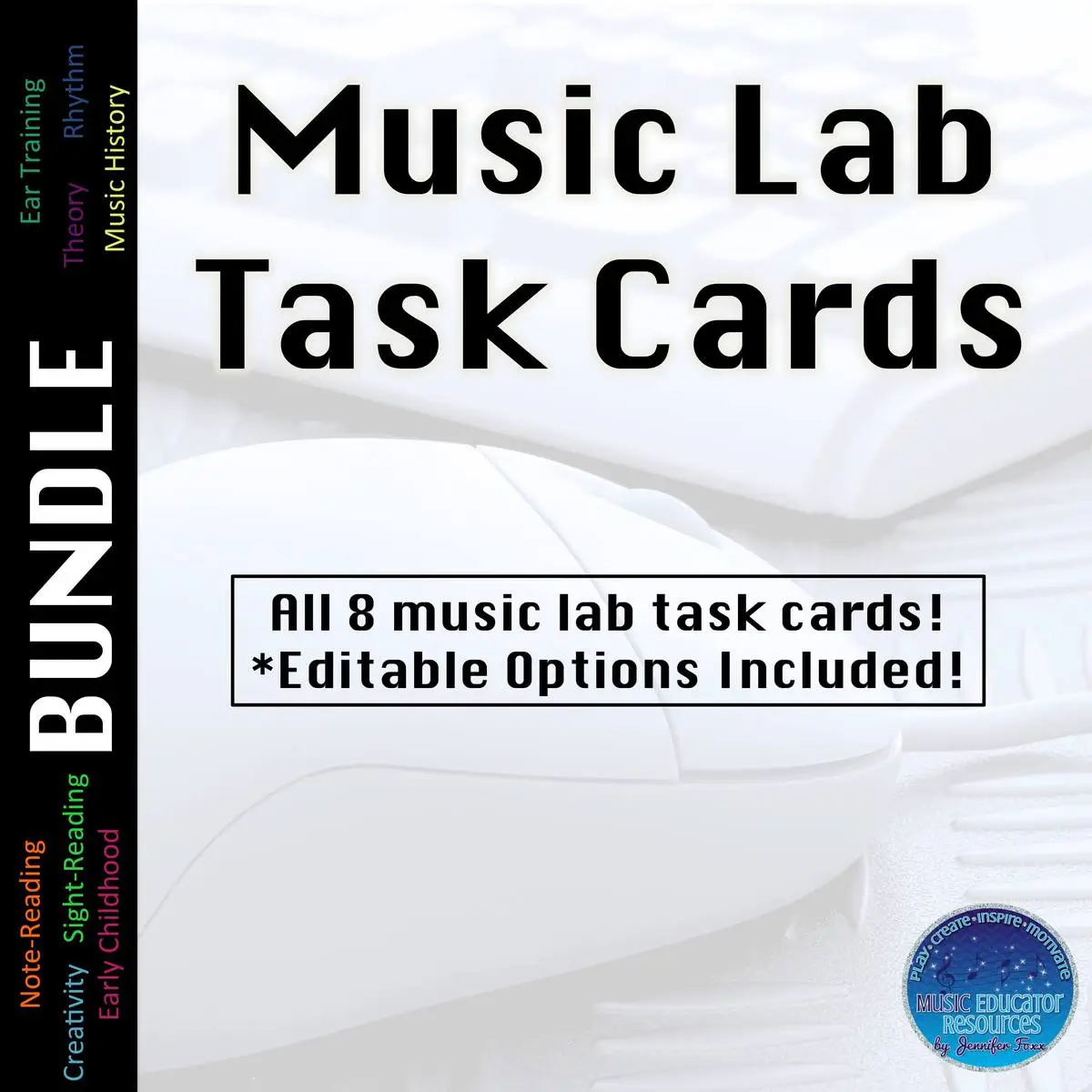
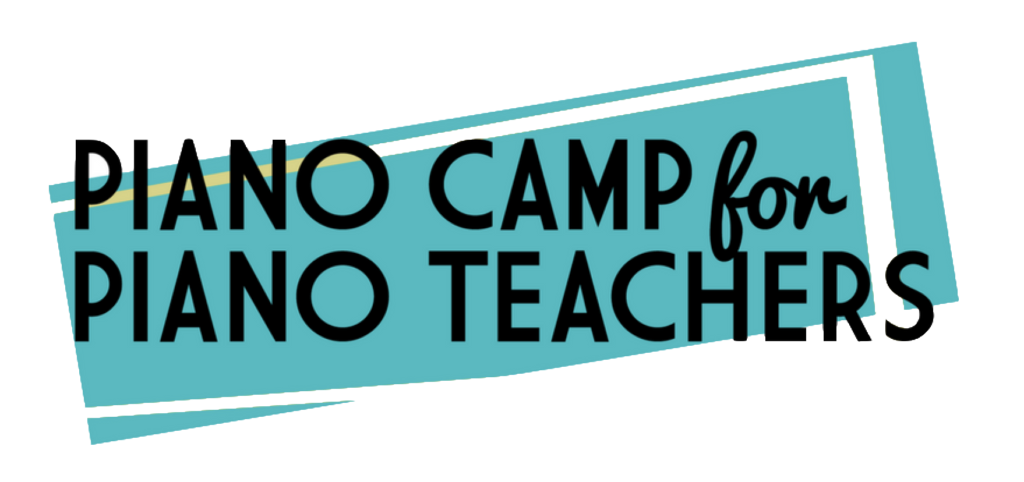
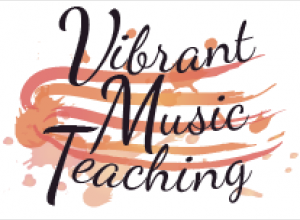
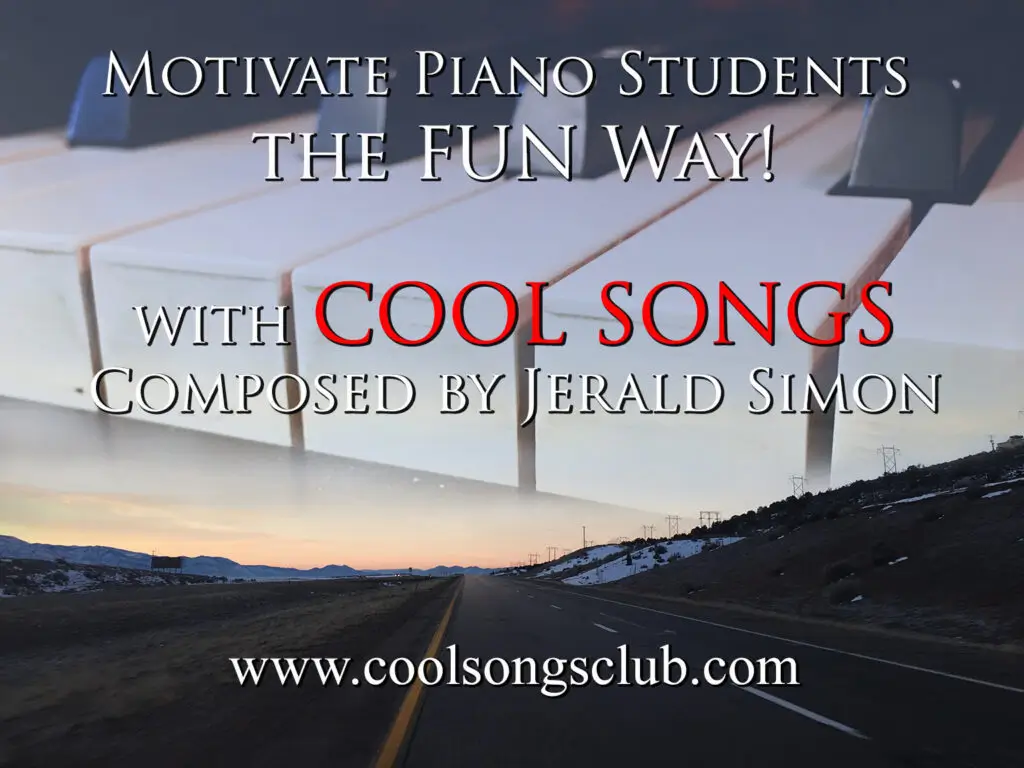
I began dipping into teaching this way six years ago and it has kept me interested and engaged in the process because of the results I see in my students!
Thanks for sharing your experience Barb!